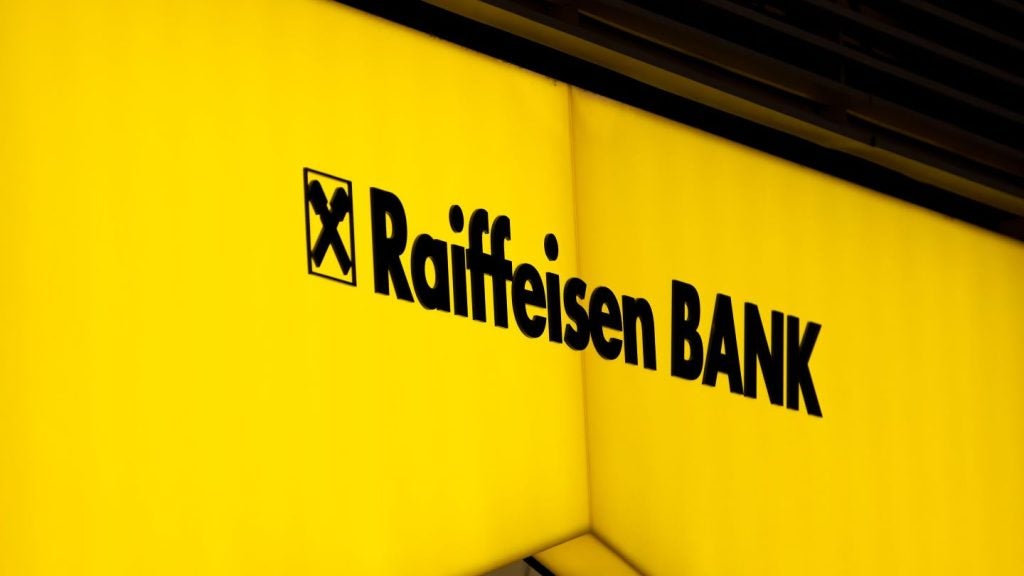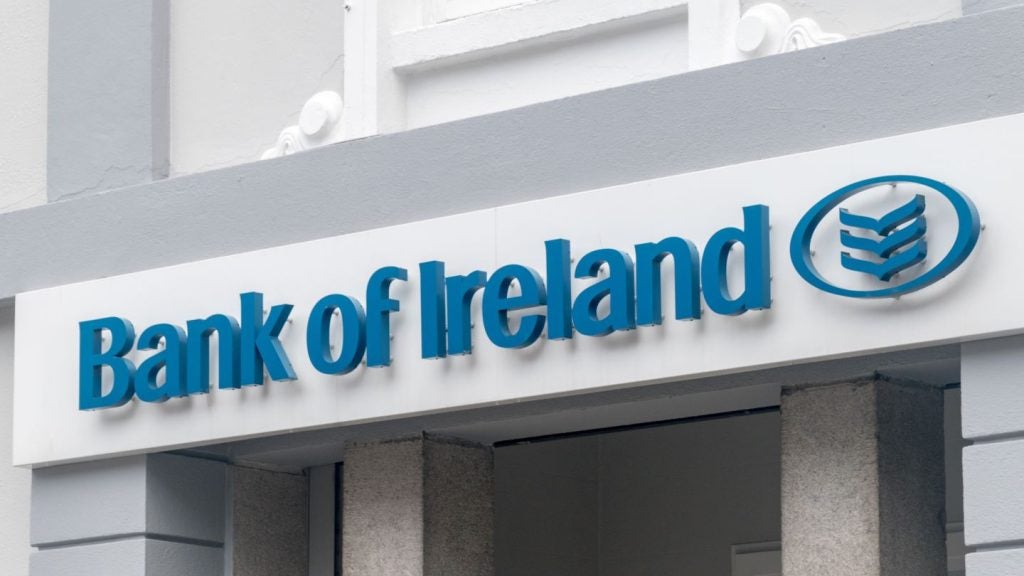 The US technology specialist is fired up and ready to lend,
The US technology specialist is fired up and ready to lend,
writes Fred Crawley.
CIT is back in the game. Only eight
months out of bankruptcy protection, the US lender has posted
stronger-than-expected second-quarter profits of $142.1m (€112.1m),
on $1bn worth of new business.
It has secured $2.5bn of new
funding globally since January, including an unprecedented £100m
(€122.6m) facility reserved for UK vendor finance, as well as
repaying nearly two-thirds of its high-priority debt.
What all this means for leasing
competitors in Europe is that if they had not figured an active CIT
in to their mental view of the market ahead, they should start
now.
Ron Arrington, CIT global head of
vendor finance, said the company is “aggressively out in the
market”, with a view to increasing business.
How well do you really know your competitors?
Access the most comprehensive Company Profiles on the market, powered by GlobalData. Save hours of research. Gain competitive edge.

Thank you!
Your download email will arrive shortly
Not ready to buy yet? Download a free sample
We are confident about the unique quality of our Company Profiles. However, we want you to make the most beneficial decision for your business, so we offer a free sample that you can download by submitting the below form
By GlobalDataArrington has good reason to be
bullish. His vendor finance division is occupying a more prominent
position than ever within CIT, after 2009 saw the company sell or
reorganise swathes of peripheral business in order to focus on its
most profitable segments.
The volume of vendor finance
business written during the first half of 2010 was down
year-on-year in absolute terms, but occupied a significantly higher
proportion of CIT’s total lend than it did a year earlier.
This prominence is likely to
increase. Of the $2.5bn in funding secured so far this year, $1.8bn
is earmarked specifically for vendor finance. A £100m conduit
facility has been secured in London and is destined for the UK, the
first such facility that CIT has arranged outside North
America.
Challenges
ahead
For CIT, success has always meant
borrowing money cheaply and lending it at a higher rate. This was
the strategy that left it in such trouble when cheap capital
vanished from the market in the aftermath of the credit crisis.
To get the model working again, CIT
has two major challenges. The first is to gain access to new and
inexpensive sources of liquidity, a cause which the healthy $2.5bn
of credit facilities closed so far this year would seem to
support.
“As we look to continue
diversifying funding sources, liquidity is not under pressure,” he
said.
The second challenge, to reduce the
cost of debt repayments in the aftermath of Chapter 1 bankruptcy,
is being tackled fast. Since the start of 2010 it has paid back
$4.5bn, or 60% of first lien debt. The balance has been refinanced
at a lower cost.
“The reducing cost of debt is
really helping our funding model,” said Arrington, referring to the
lessening of pressure on margins.
To help repay debts, CIT has sold
off 5% of its balance sheet in the last year, including more than
$1bn in corporate finance and student loan receivables, and a joint
venture with Canadian lender CIBC.
Also divested was CIT’s equipment
finance business in Australia and New Zealand, a decision made “to
reduce exposure to the consumer lending market,” Arrington
said.
 More than price
More than price
CIT’s vendor finance division in
Europe will focus on maximising returns from sales aid leasing,
following 2008’s decision to concentrate lending on IT, telecoms
and office equipment assets. Arrington said customers’ appetite for
investment remains “somewhat muted” in these sectors, but that the
constant need to replace and upgrade high-tech assets was driving a
healthy level of demand for finance.
Competition in this market is
fierce. UK and European lessors, noticing the opportunities to be
had in technology finance, have been prospecting for vendor schemes
of their own over the last two years.
Arrington said that CIT has a
“strong value proposition” in Europe, despite its capacity to drive
down prices remaining limited.
“Our value proposition goes beyond
price,” he said.
He pointed to CIT’s “best in class”
service, upgraded customer relationship management systems, strong
level of contact with vendor partners, and high flexibility in
supporting resellers’ routes to market.
CIT last month began transacting
business through a new vendor programme with fast-growing PC
manufacturer Lenovo. The division aims to maximise business within
existing programmes too. This news is music to the ears of
partnered resellers looking to achieve more finance sales.
How will CIT balance resellers’
demands for greater conversion of finance proposals with the need
to ensure healthy returns through selective credit control?
“There is always a healthy tension
between credit approval rates and new business volume. We will be
utilising best in class credit scoring models and our people’s
expertise. They know our resellers and their customers’ businesses
really well, and this helps ensure prudent lending,” he said.
Arrington is confident about CIT’s
future.
“We will be important, and we will be a global,” he said.







